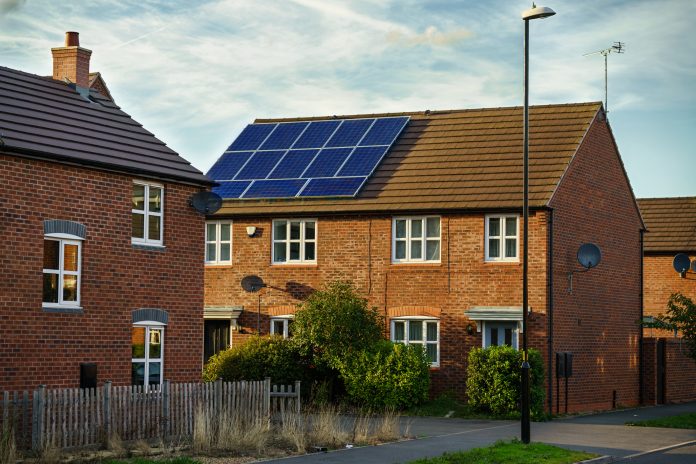The UK government has released a new Solar Roadmap designed to improve the country’s solar power capacity by 2030, more than doubling it
The plan outlines a clear strategy to increase solar generation from approximately 19 gigawatts (GW) today to between 45 and 47 GW within the next five years, which is enough to power around 9 million homes.
This new Solar Roadmap is part of the UK’s push to cut carbon emissions, improve energy security, and reduce electricity bills.
As solar energy becomes cheaper and more efficient, the government sees it playing a crucial role in reshaping the UK’s energy future.
Removing barriers and speeding up delivery
One of the biggest challenges facing solar developers is the delays in getting projects approved and connected to the electricity grid.
The Solar Roadmap promises changes to planning and grid access rules, making it quicker and easier for solar farms and rooftop systems to come online.
The new funding will help local authorities process applications more efficiently, and planning thresholds for medium-sized projects will be raised to allow faster approvals.
There is also a new focus on making better use of rooftops, on homes, schools, warehouses, and commercial buildings. From autumn 2025, new homes will be required to include rooftop solar as standard. The government is also considering new rules to allow plug-in balcony panels that renters and flat dwellers can use safely, giving more people the opportunity to generate their electricity.
Rethinking where solar goes
The roadmap highlights new ways to expand solar power without occupying excessive land. Solar panels could be installed above car parks, on the roofs of distribution centres, and floating on lakes and reservoirs. These approaches reduce pressure on farmland and open space while helping generate clean energy close to where it’s needed.
To encourage businesses to invest, the government is working to ensure that battery storage systems can be easily paired with solar installations.
This would enable the storage of solar energy during the day and its use when demand is high.
Growing the UK solar industry
While most solar panels are made abroad, the Solar Roadmap shows the opportunities for the UK to lead in other parts of the supply chain. This includes producing inverters, cabling, control systems, and battery storage. The Solar Roadmap also supports research into next-generation solar technologies, including lightweight and high-efficiency materials.
As the Solar Roadmap is expected to boost jobs, the plan includes measures to train more people in solar installation and maintenance.
Universities, colleges, and training providers are being encouraged to offer relevant courses, and new materials will help planning officers and developers make informed decisions.
Community benefits and long-term gains
To ensure local communities benefit, developers will be required to offer community funding for larger solar farms. This could support local services, education, or environmental projects.
Energy Minister Michael Shanks said:
“Families have been paying the price for the fossil fuel rollercoaster for years.
“Our Plan for Change means delivering more homegrown energy that we control to boost the UK’s energy security and save money on your bills.
“Through solar, we are rolling out the quickest to build and one of the cheapest forms of energy for families to start saving hundreds on their energy bills, all whilst helping tackle the climate crisis.”
Overall, the Solar Roadmap is a detailed plan for rapidly scaling up solar in a way that is efficient, fair, and forward-thinking. If successful, it will reduce household bills, create thousands of jobs, and help the UK meet its net-zero goals, all while ensuring solar installations are compatible with local landscapes and lifestyles.











